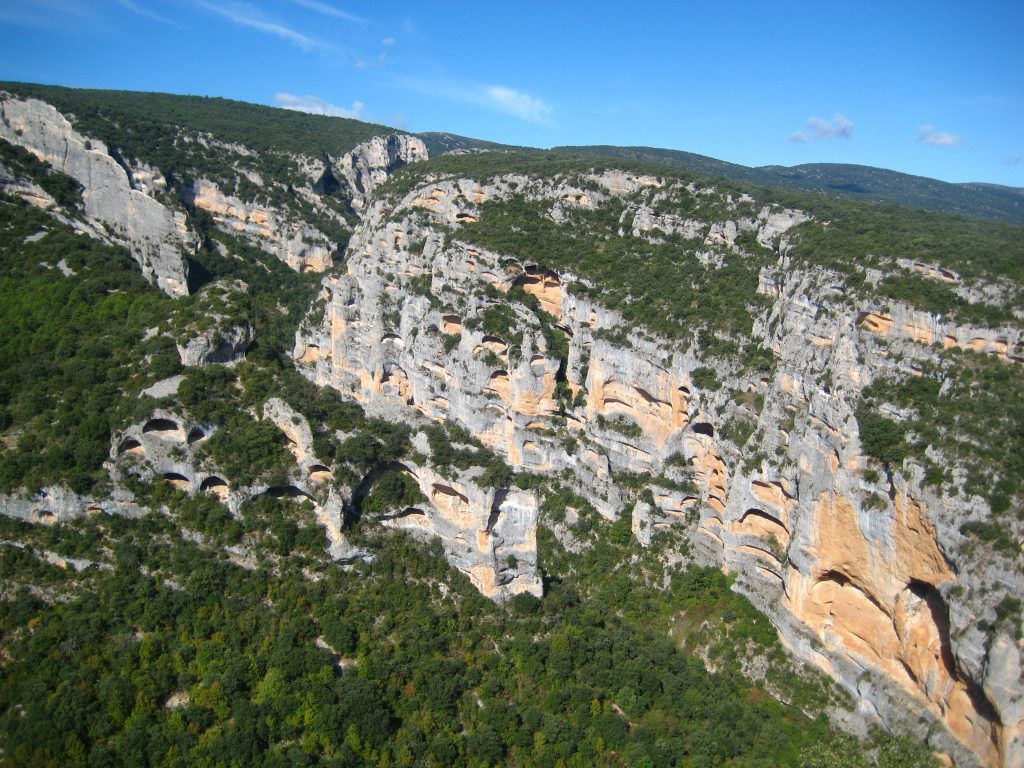(Zaragoza/Huesca, May 15, 2025). The Rock Art Center of Colungo (Huesca) will host, on Saturday, May 17 at 1:30 p.m., the lecture “The Exceptional Archaeological Record of the Vero,” delivered by María Lourdes Montes Ramírez, Professor of Prehistory at the Huesca Campus of the University of Zaragoza, and researcher with the First Settlers and Archaeological Heritage of the Ebro Valley (P3A) group and the Institute for Environmental Sciences of Aragon (IUCA).
The lecture will provide an overview of the intensive archaeological research conducted in the Río Vero basin since the 1960s. The speaker will focus on the most significant sites in the area — including Fuente del Trucho and Drólica caves, the Huerto Raso rockshelter, and the numerous rock art shelters — that together form one of the most important prehistoric heritage complexes on the Iberian Peninsula.
This event is part of the “Stories of the Earth” lecture series, a science outreach initiative launched by IUCA-Unizar, which travels across the three provinces of Aragon throughout the 2024/2025 academic year, with the goal of bringing geological, paleontological, and archaeological history closer to society.
About the Speaker
María Lourdes Montes Ramírez has been Associate Professor of Prehistory at the University of Zaragoza since 1996, affiliated with the Faculty of Human Sciences and Education at the Huesca Campus. She previously taught for a decade at the University of the Basque Country. A researcher at both IUCA and the P3A Group of the Government of Aragon, her career has focused on the prehistory of the Ebro basin, with special emphasis on archaeological sites in the Alto Aragón region.
She has taken part in over twenty publicly funded research projects and currently leads the Ministry of Science and Innovation project “Gaps and Dates” on prehistoric cultural dynamics (PID2020-116598GB-I00). Her work includes key excavations related to Neanderthal societies and Paleolithic transitions at sites such as Peña Miel (Almazorre, Sobrarbe), Gabasa (Cuevas de los Moros, La Litera), Espantalobos (Quicena, Hoya de Huesca), and Rambla de Legunova (Biel, Cinco Villas), among others. She also collaborates actively in cross-border research on Pyrenean prehistory.


